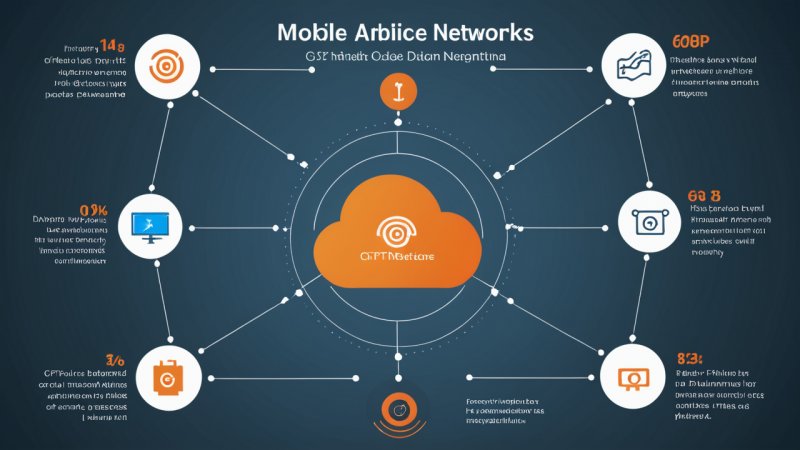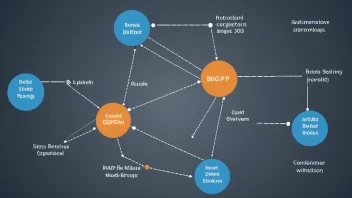Introduction
In this article, you will learn about GTP (GPRS Tunneling Protocol), its significance in mobile data networks, and how it facilitates communication between different network components. We will cover the fundamental concepts of GTP, its various types, and provide a step-by-step guide on how to understand its role in mobile data networks.
Step 1: Understanding GTP Basics
GTP is a tunneling protocol used to carry General Packet Radio Service (GPRS) within GSM, UMTS, and LTE network architectures. It is essential for transmitting data packets over the mobile network.
- GTP-C (Control): This variant handles the signaling and control messages necessary for setting up and managing GTP tunnels.
- GTP-U (User): This variant is responsible for carrying user data packets.
- GTP’ (GTP Prime): This variant is used for charging and accounting purposes.
Step 2: Exploring GTP Architecture
The GTP architecture comprises several key components:
- Serving GPRS Support Node (SGSN): It tracks the location of mobile devices and manages data sessions.
- Gateway GPRS Support Node (GGSN): It serves as the interface between the mobile network and external packet data networks.
- Mobile Stations (MS): These are the mobile devices that connect to the network.
Understanding these components is crucial for grasping how GTP operates within mobile data networks.
Step 3: Analyzing GTP Functionality
GTP is utilized for various functions in mobile data networks:
- Tunneling: GTP encapsulates user data packets into tunnels, ensuring they are transported securely and efficiently across the network.
- Session Management: GTP facilitates the establishment, modification, and termination of user sessions, allowing users to maintain connectivity.
- QoS Management: GTP supports Quality of Service (QoS) mechanisms, enabling the prioritization of data traffic.
Step 4: Implementing GTP in Mobile Networks
To implement GTP in mobile networks, follow these steps:
- Set Up SGSN: Configure the SGSN to manage mobile device connectivity and track user sessions.
- Configure GGSN: Set up the GGSN to interface with external networks. Ensure it can translate between GTP and IP protocols.
- Establish GTP Tunnels: Create GTP tunnels for user data packets by utilizing GTP-C messages to establish the connection.
- Monitor Traffic: Regularly monitor the GTP traffic to ensure optimal performance and troubleshoot any issues that may arise.
Step 5: Case Study - GTP in Action
Consider a mobile network operator expanding their services to support high-speed data transmission. By implementing GTP, they can:
- Ensure seamless handovers between different network cells.
- Manage user sessions efficiently, allowing for quick reconnections.
- Optimize network resources by prioritizing data traffic based on user needs.
This case study highlights how GTP plays a pivotal role in modern mobile data networks, enhancing user experience and operational efficiency.
Conclusion
In summary, GTP is a critical component of mobile data networks, facilitating communication between various network elements. By understanding its architecture, functionality, and implementation, you can appreciate its role in providing reliable and efficient mobile data services. Remember to continuously monitor and optimize your GTP implementation to ensure a robust mobile network.






